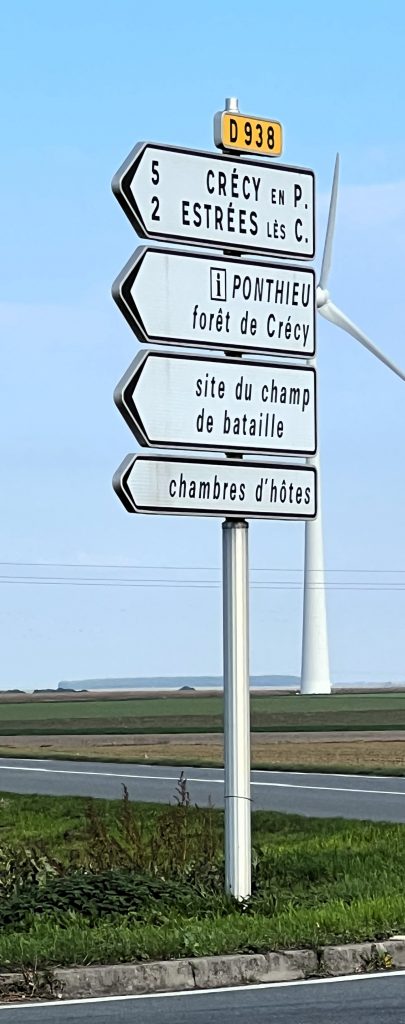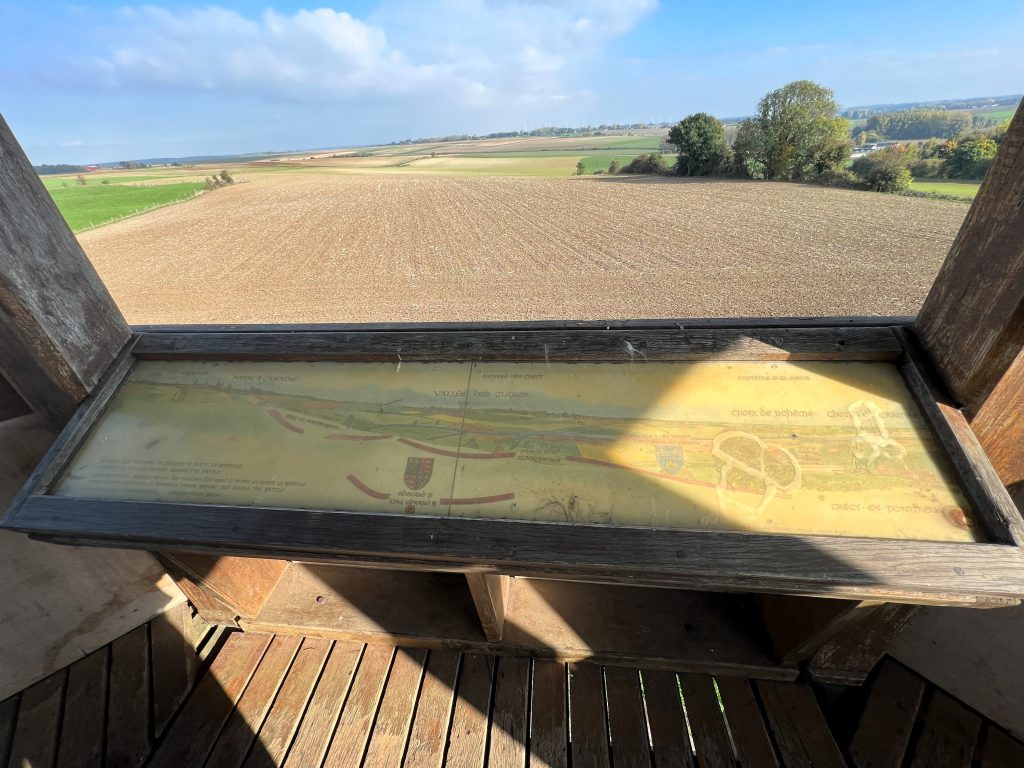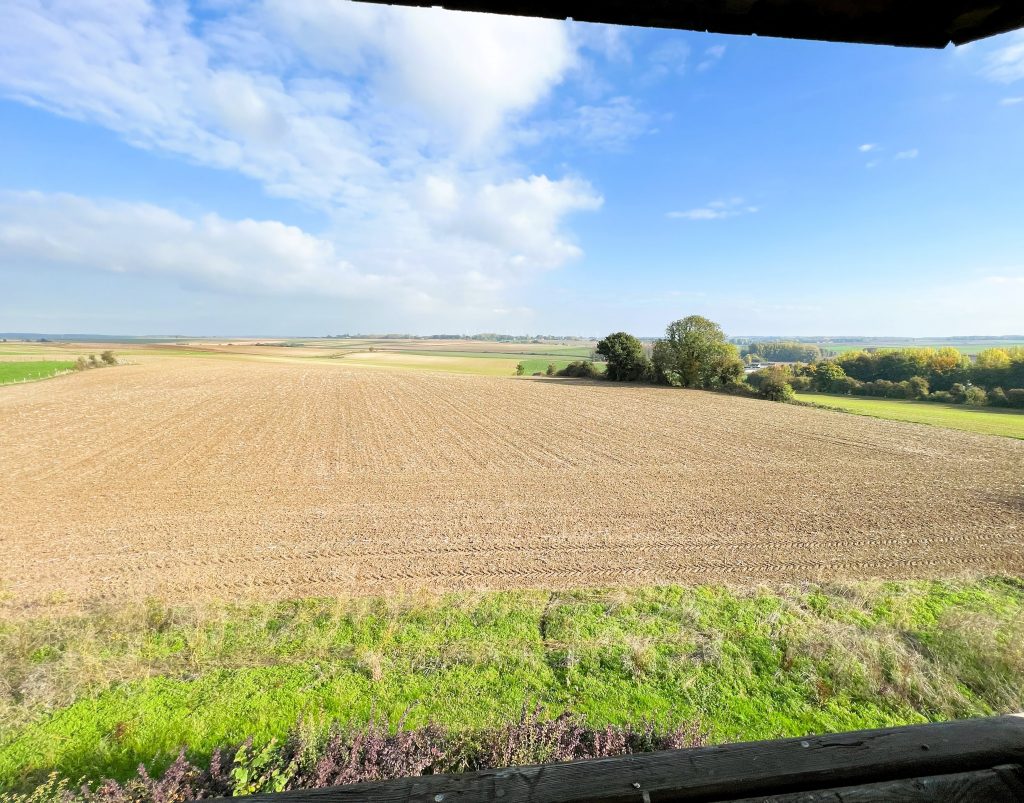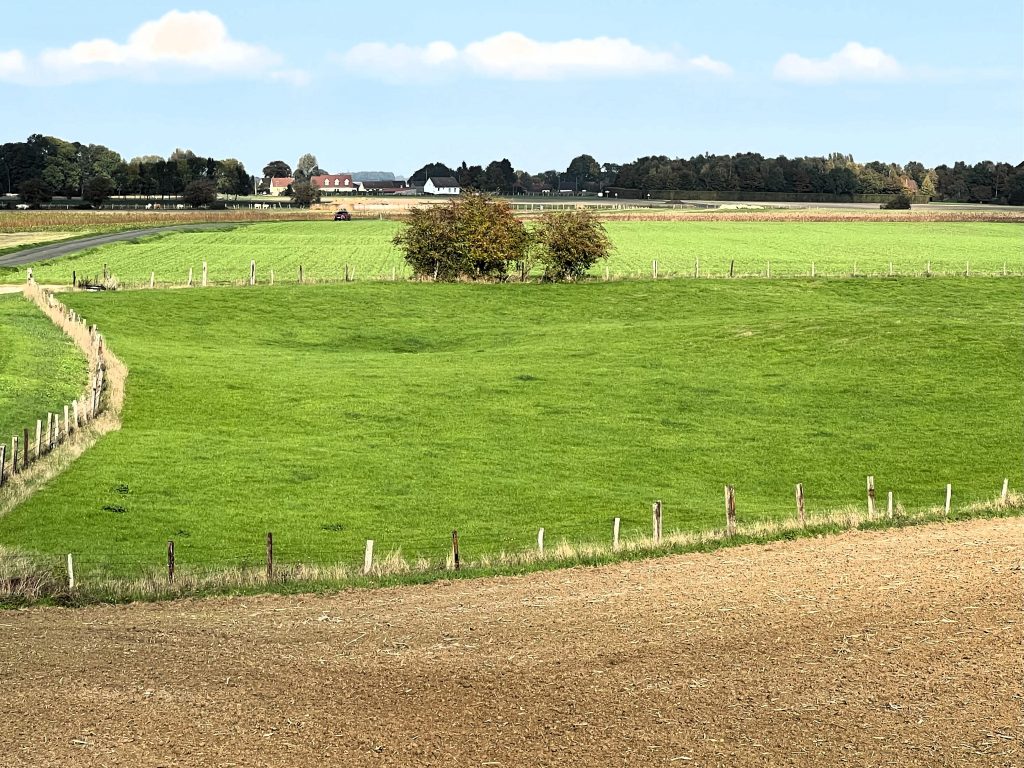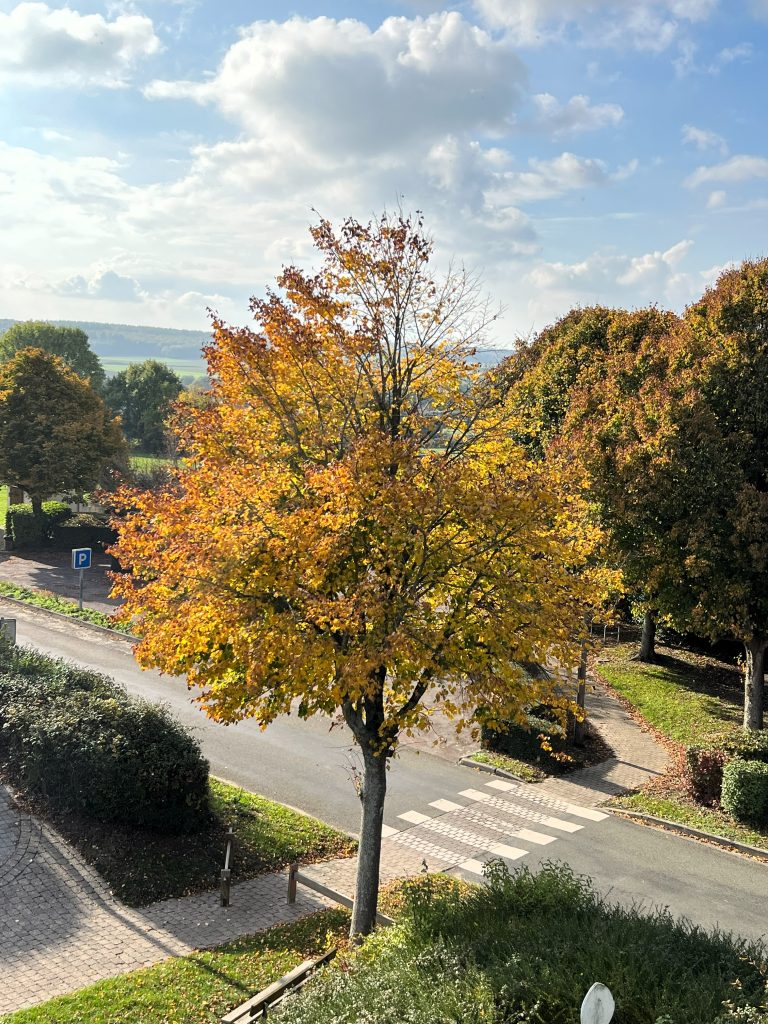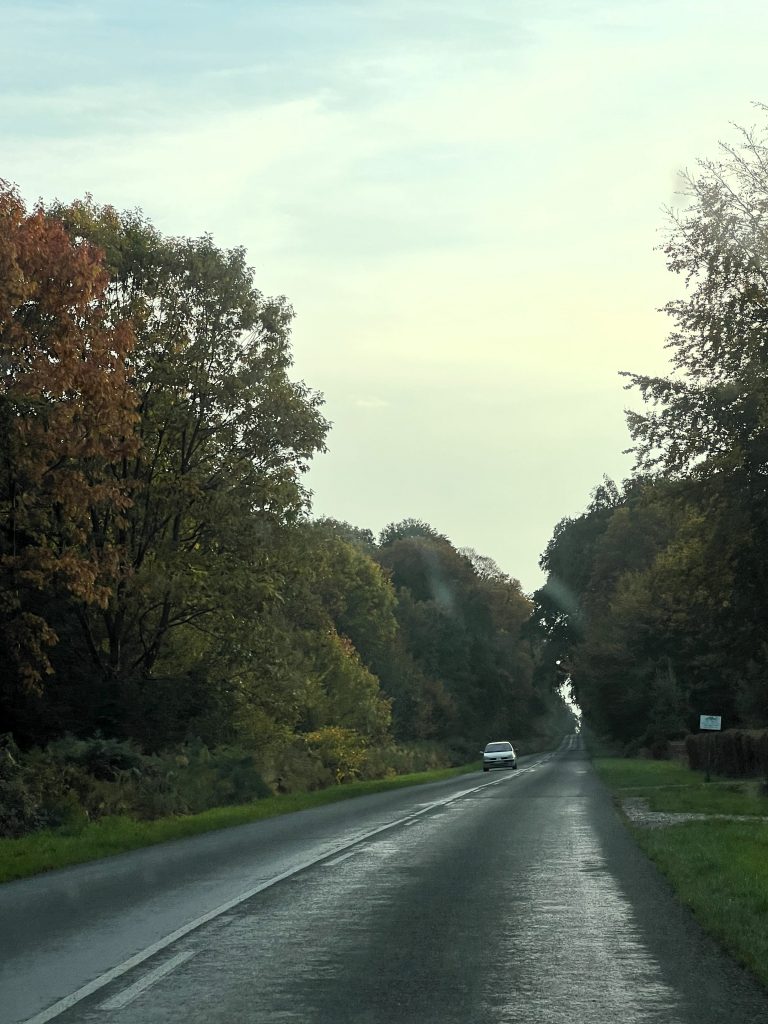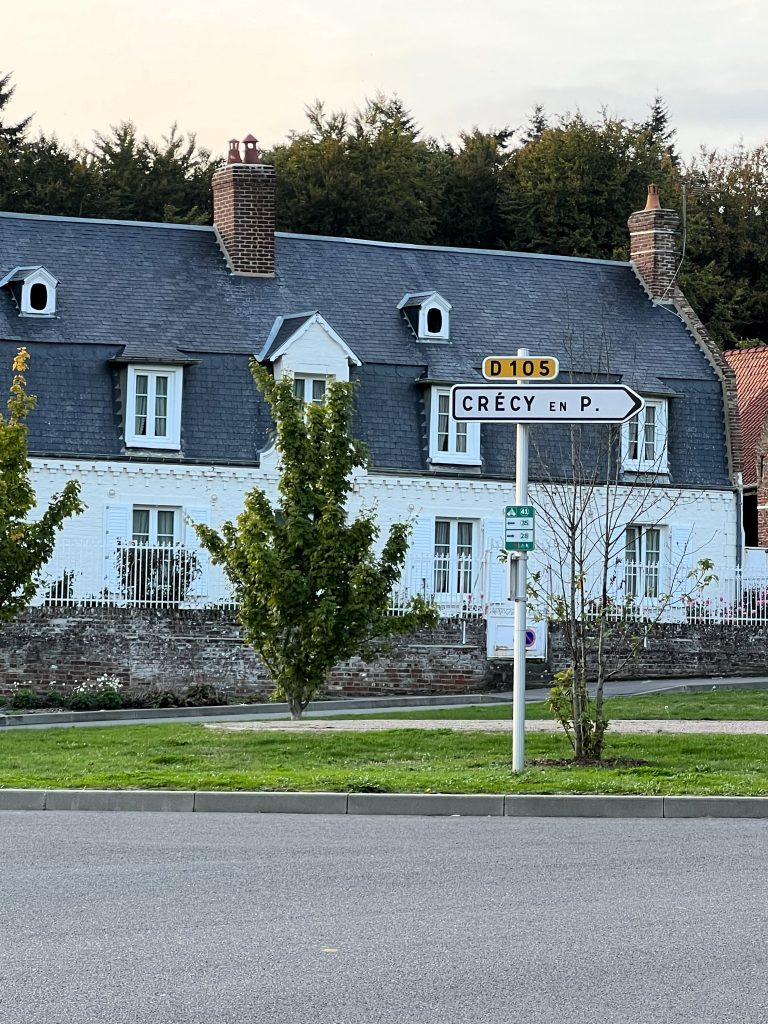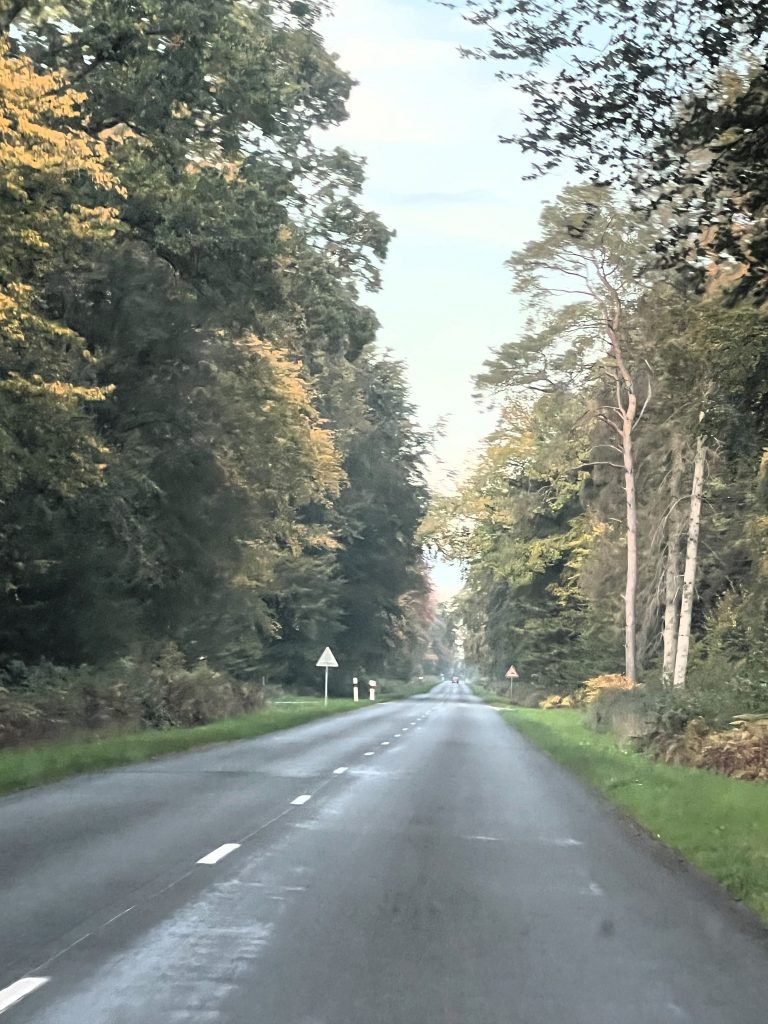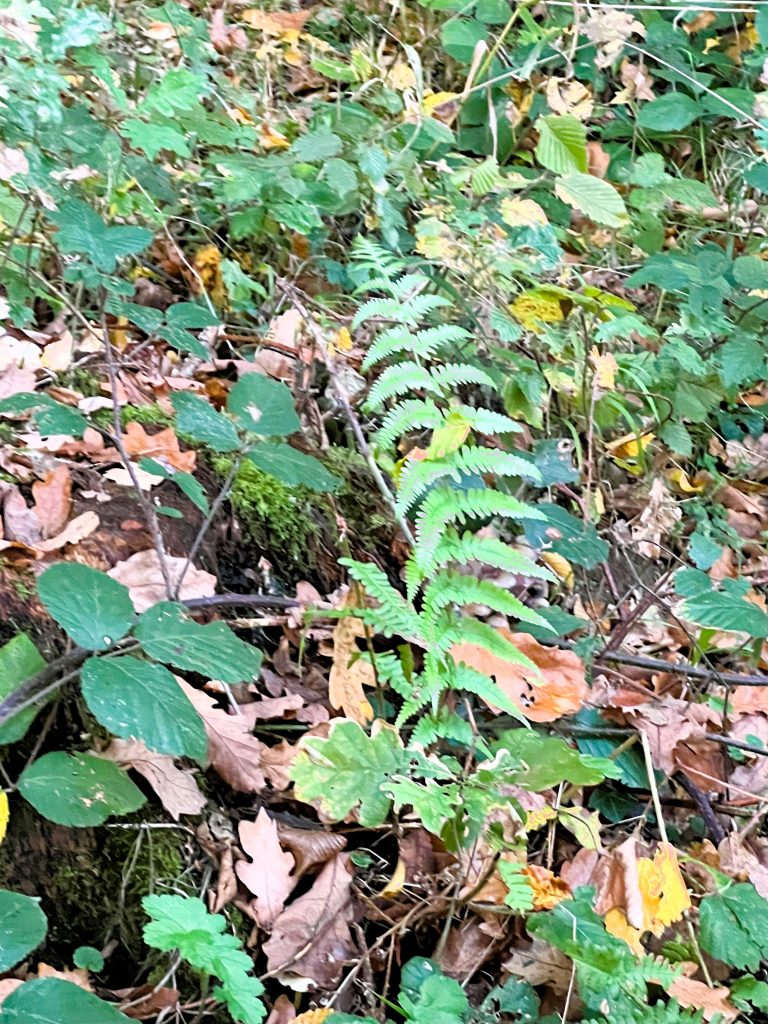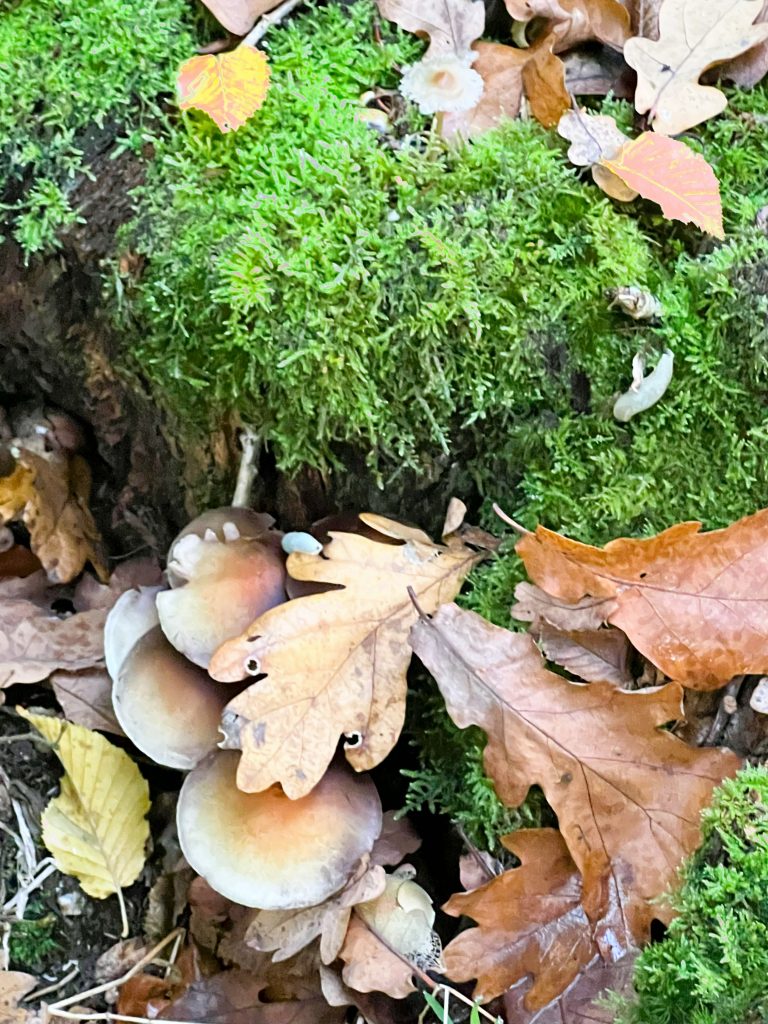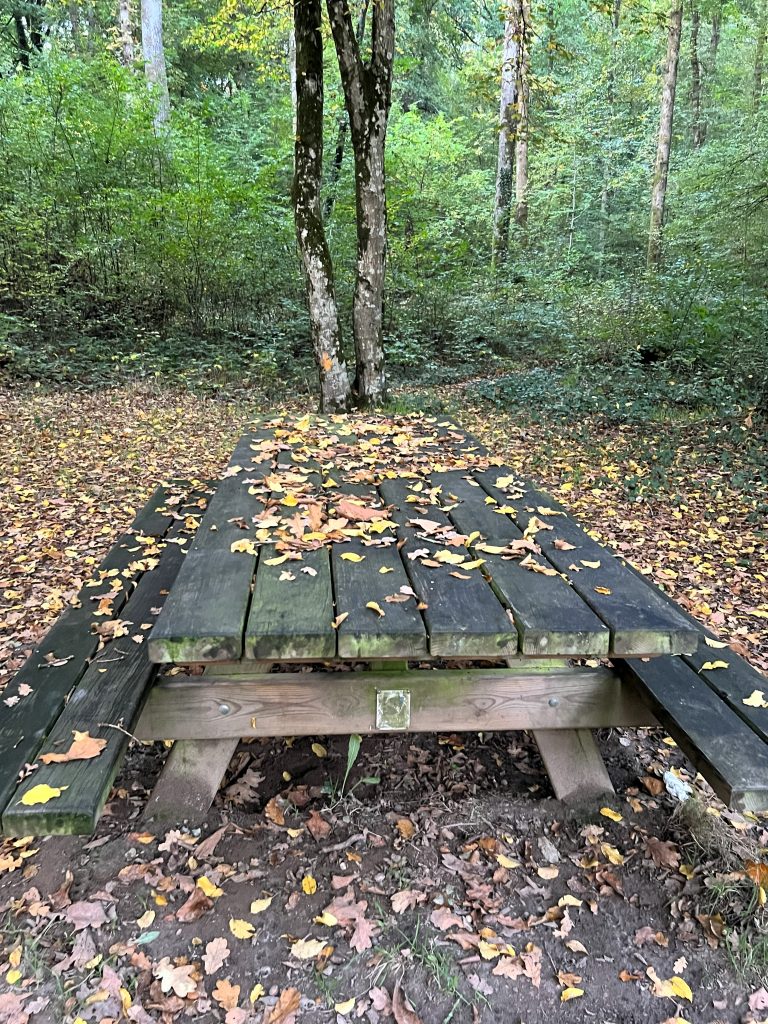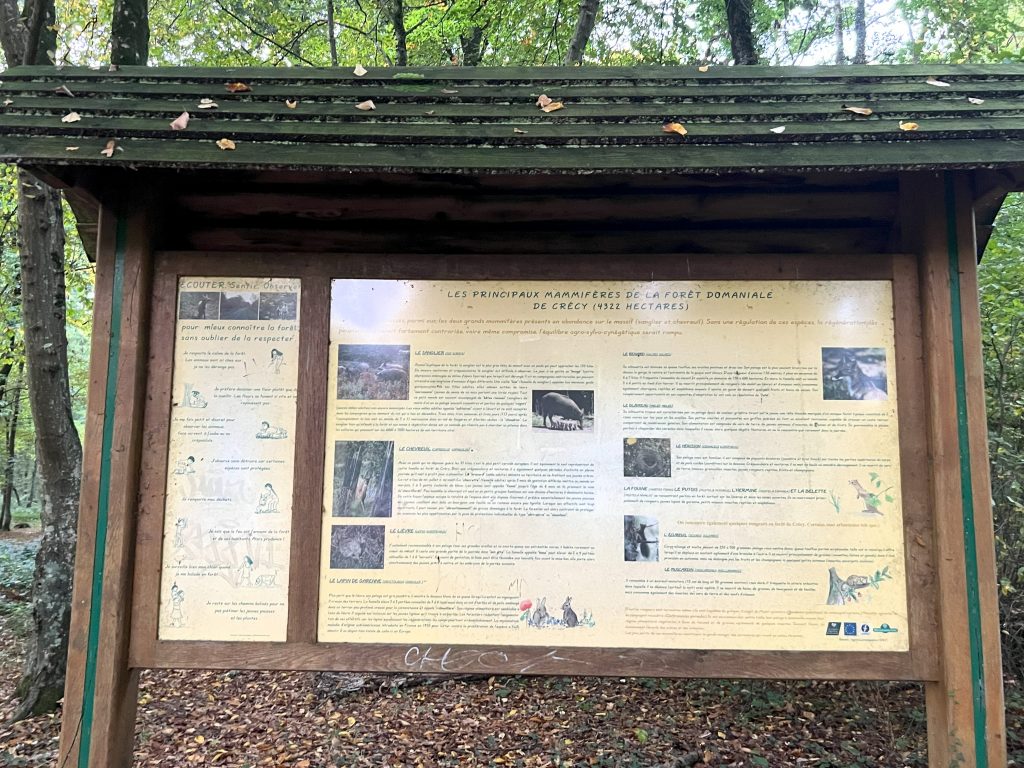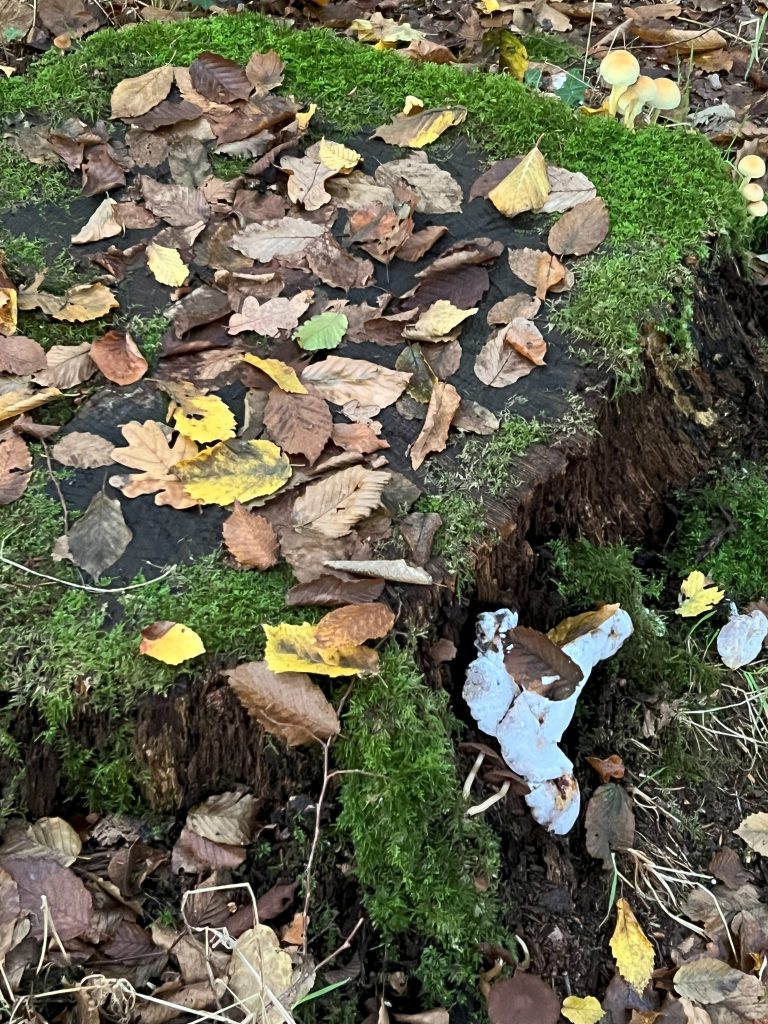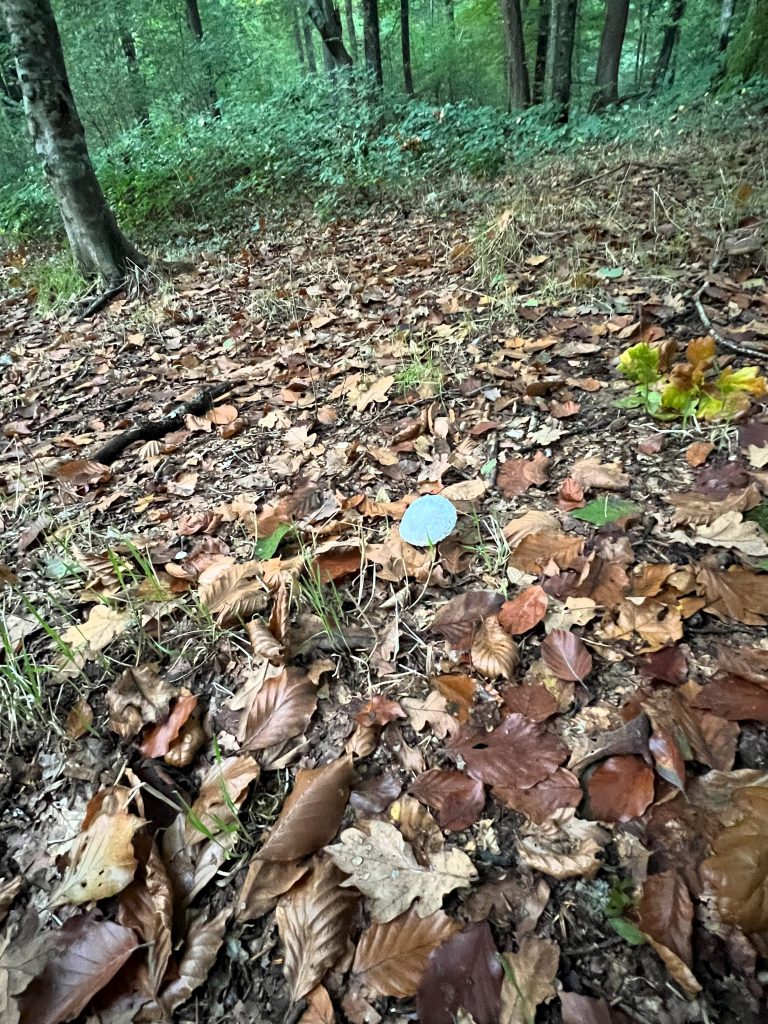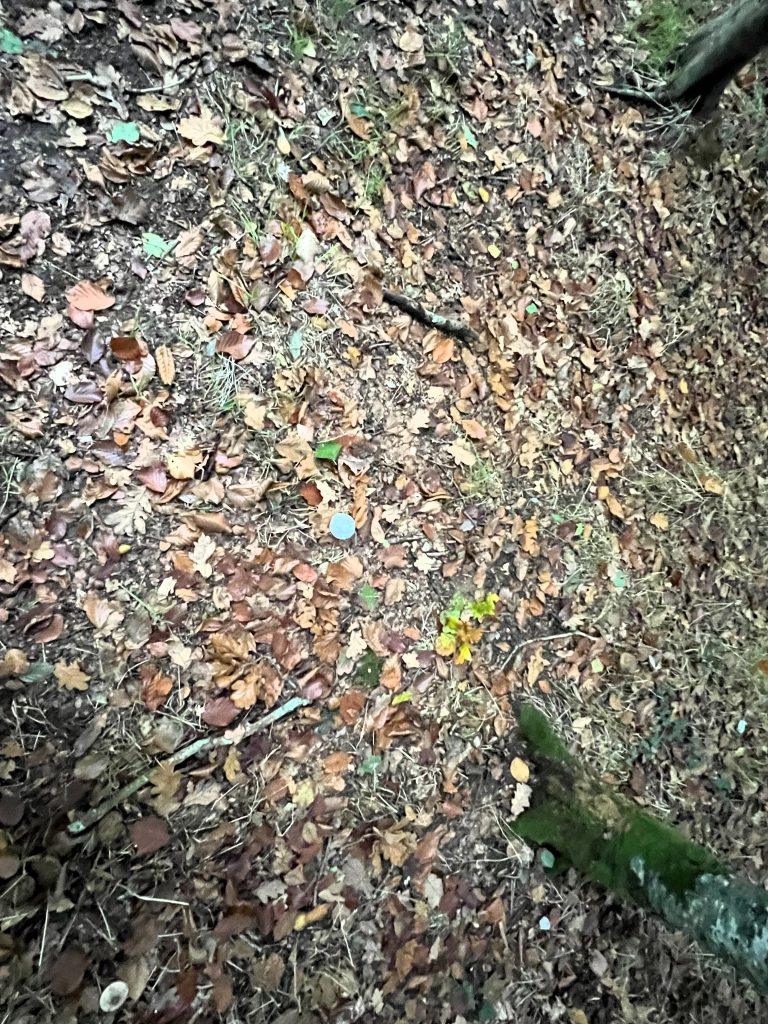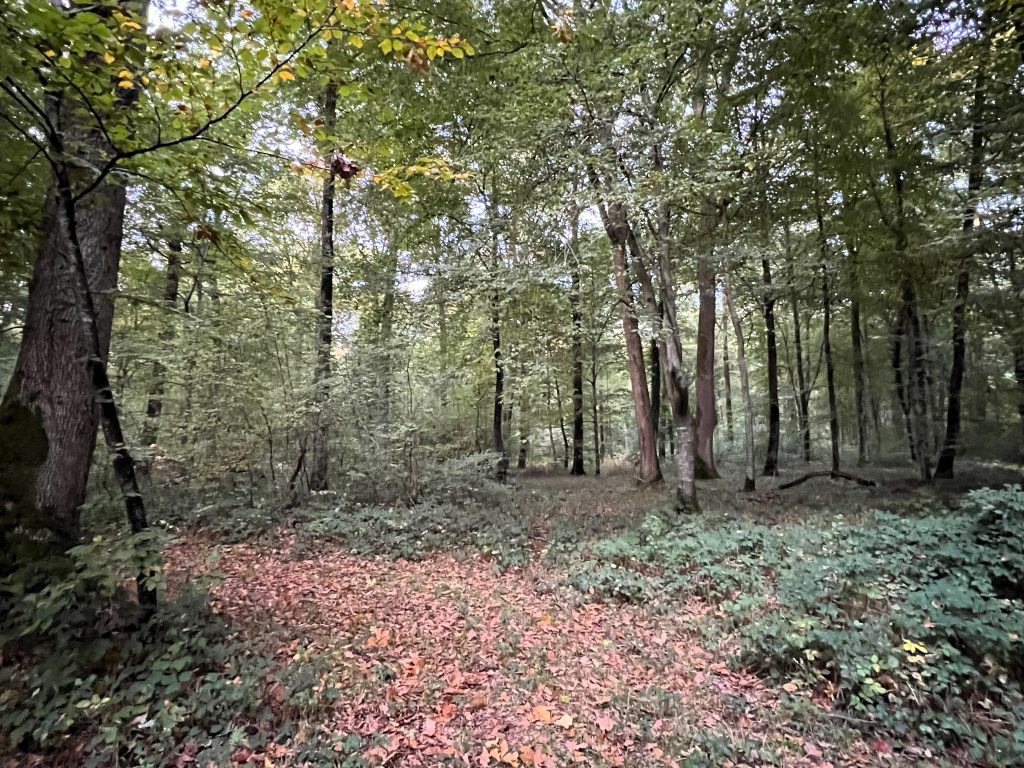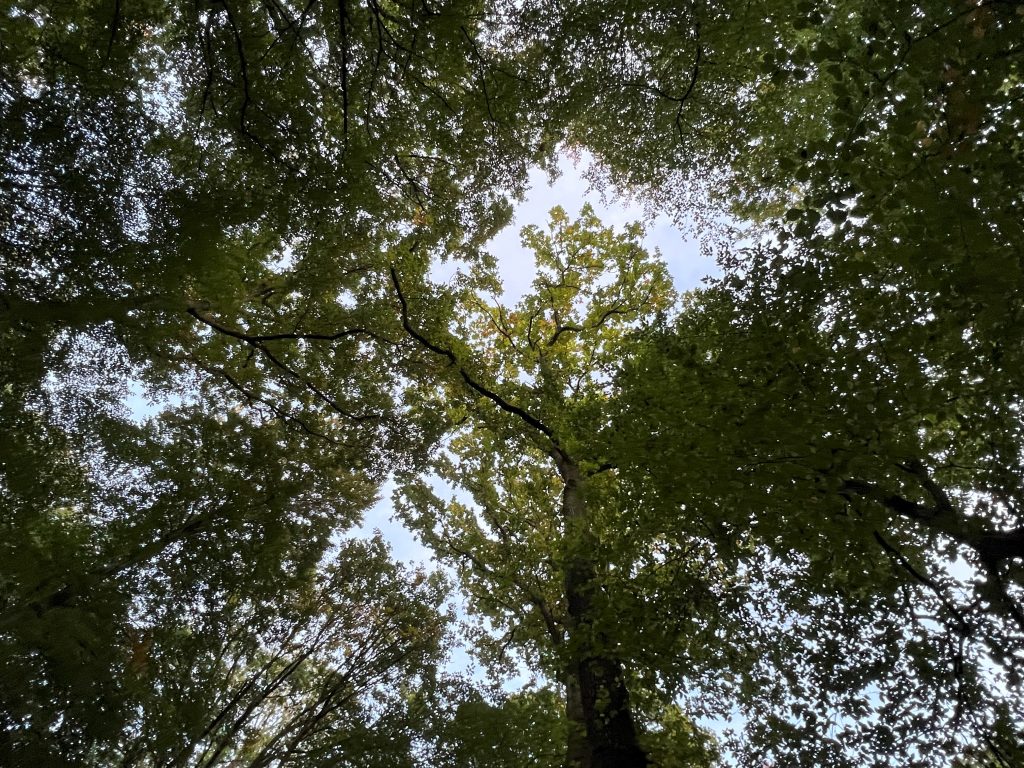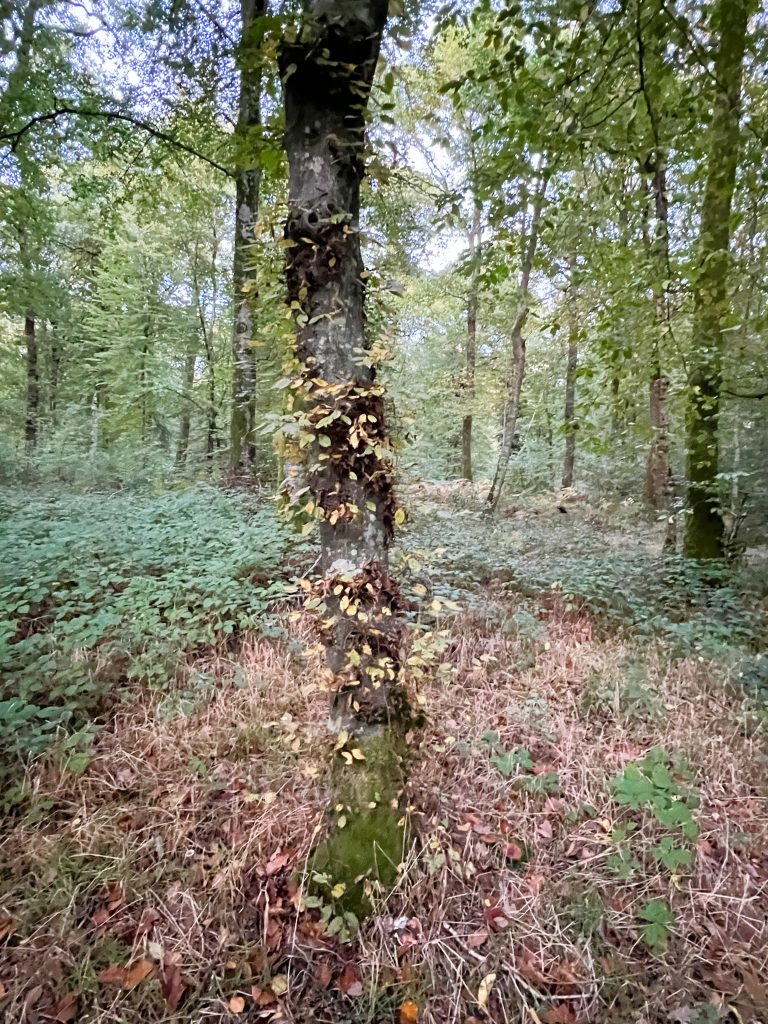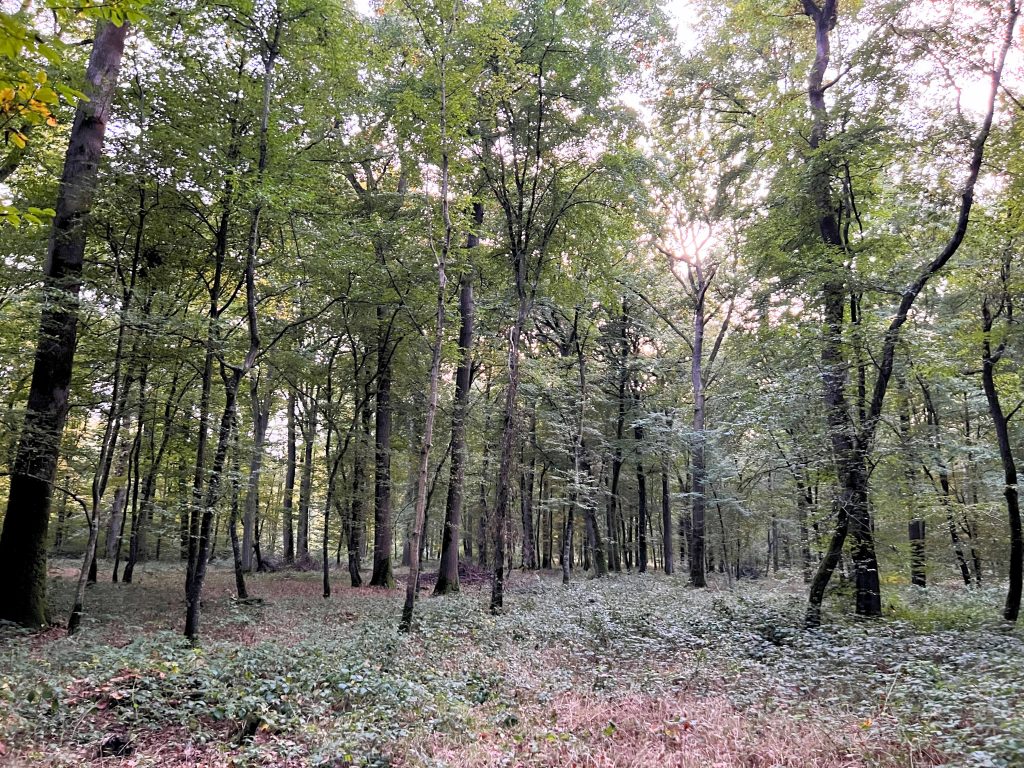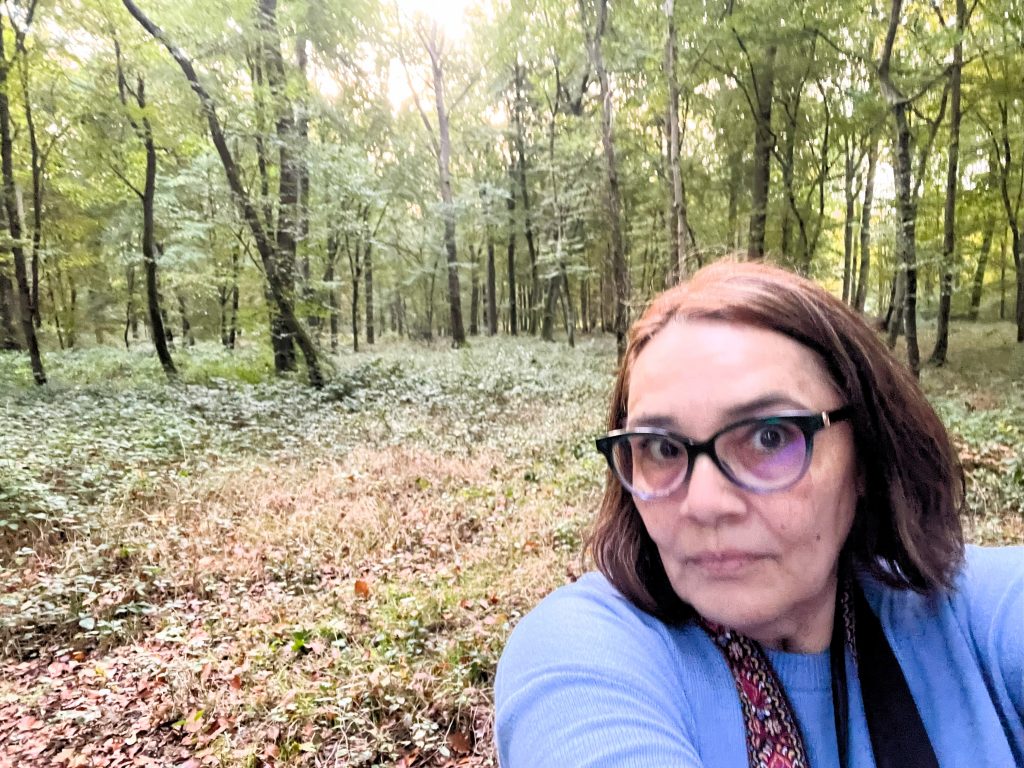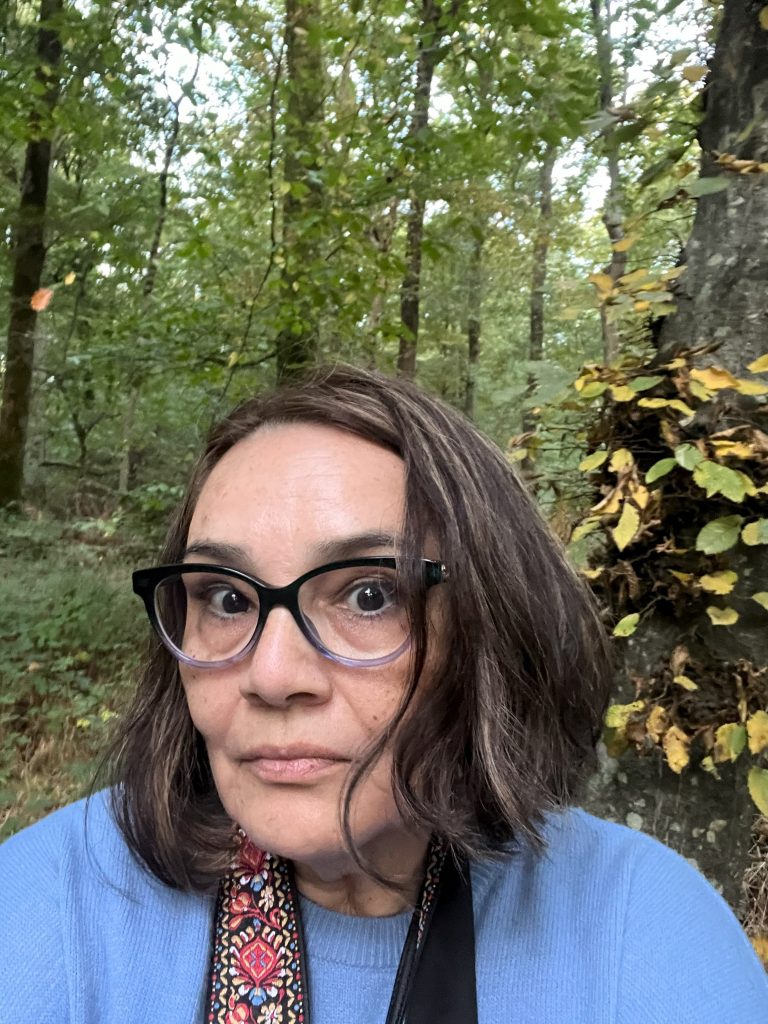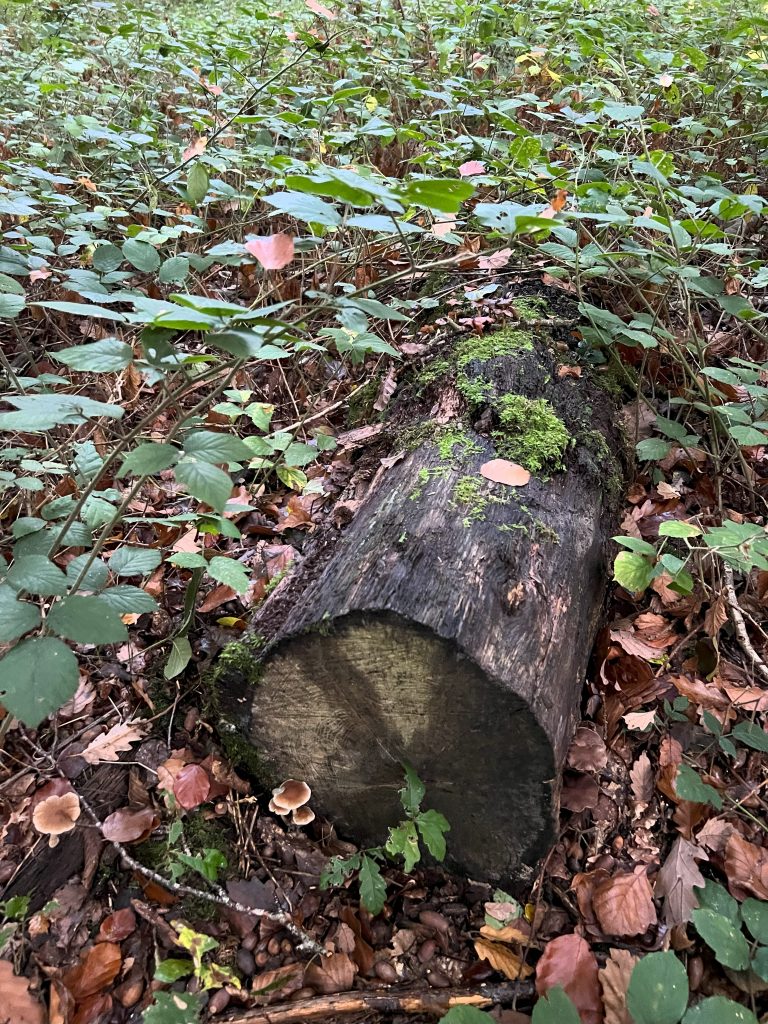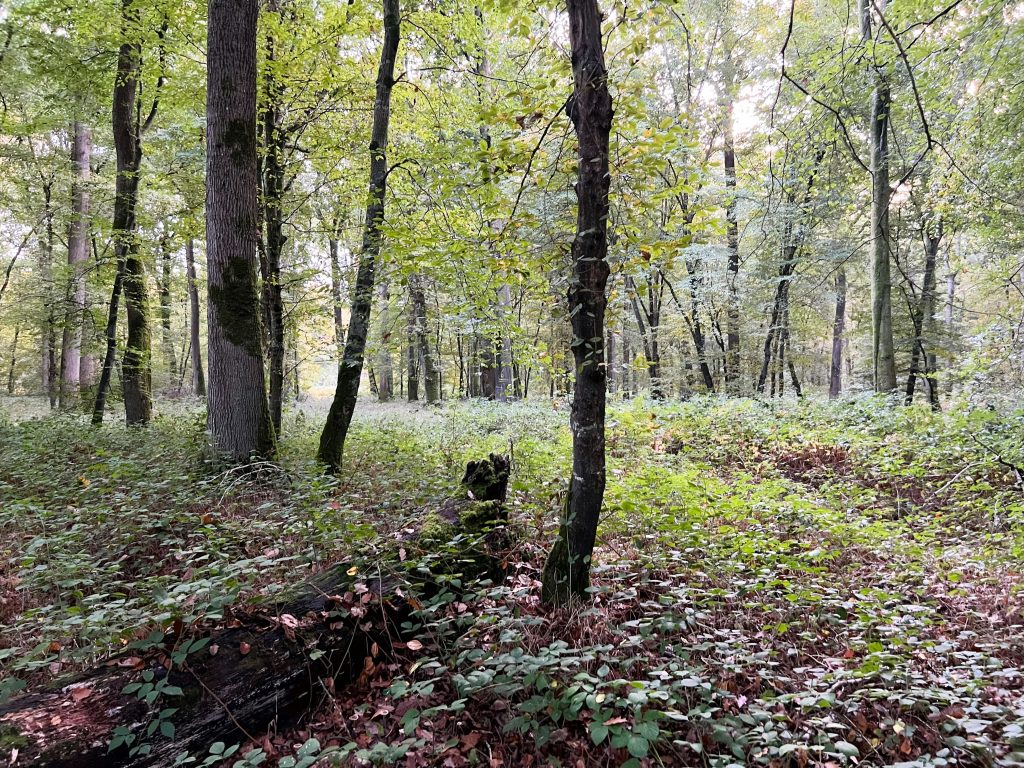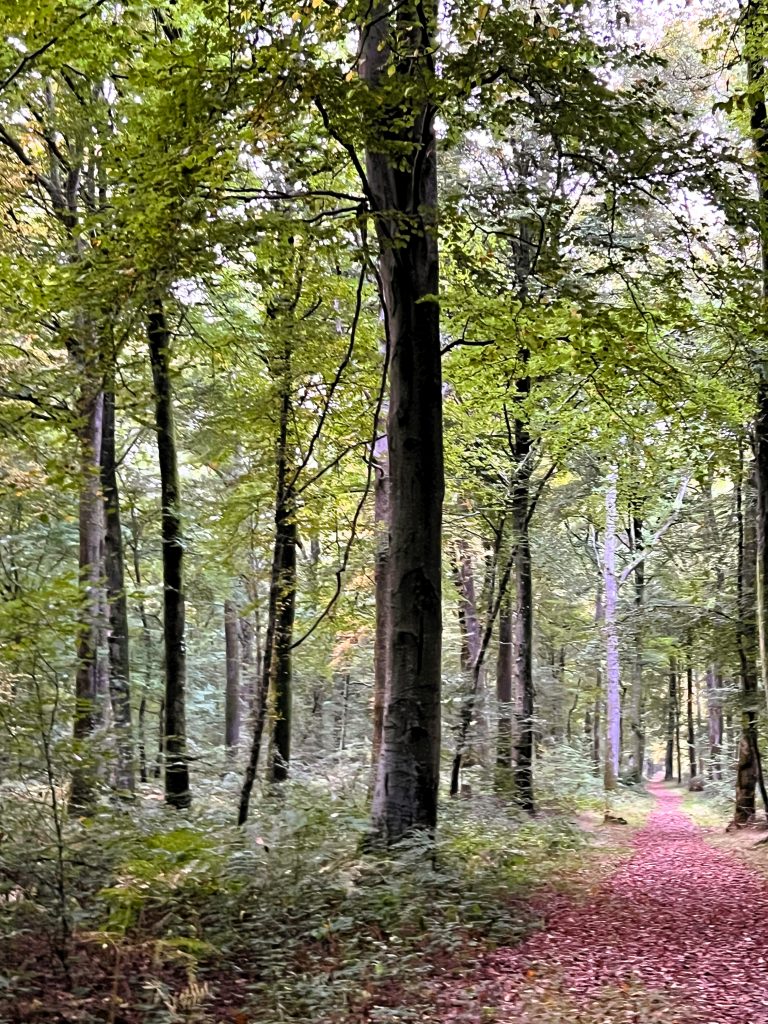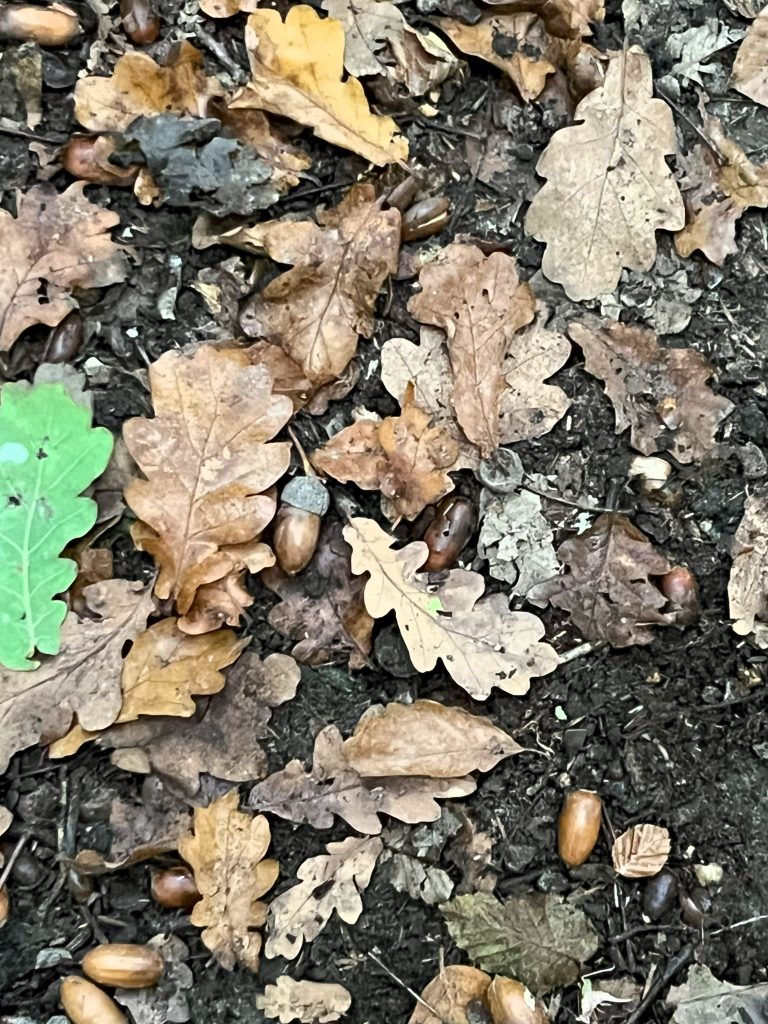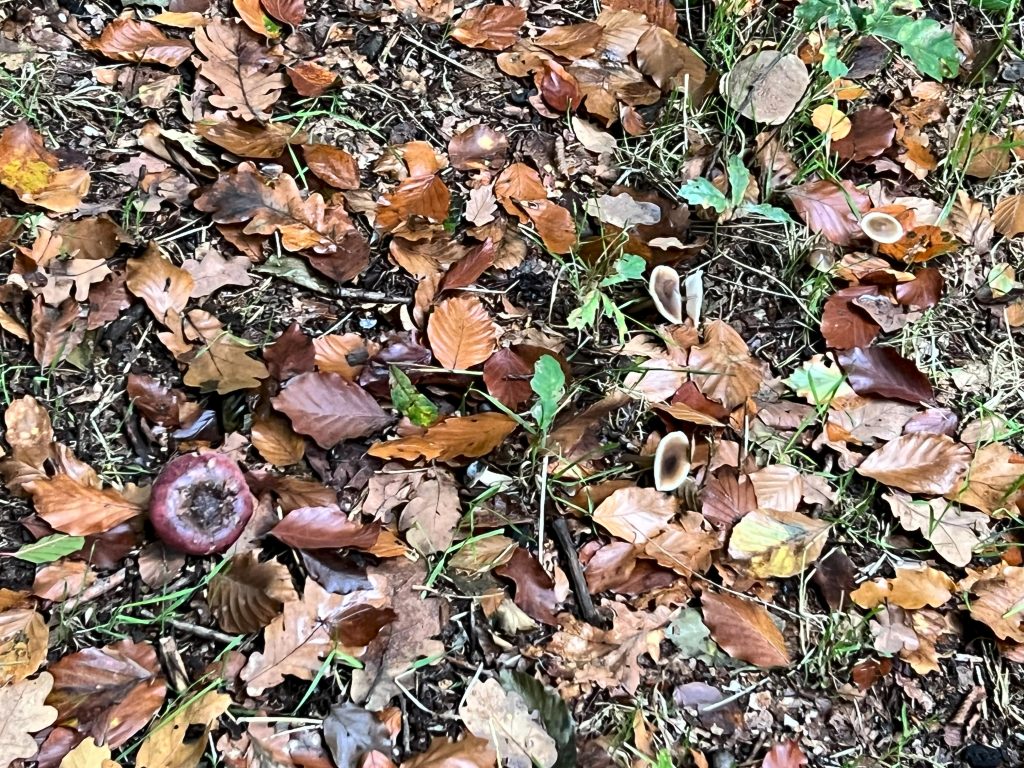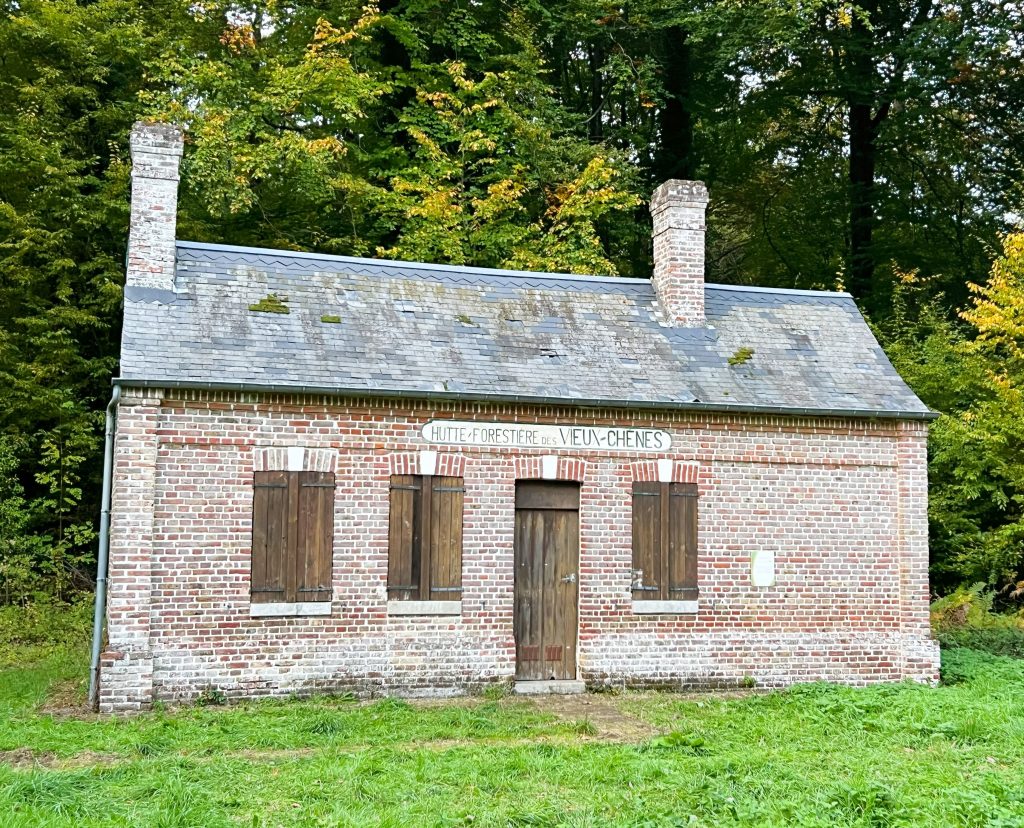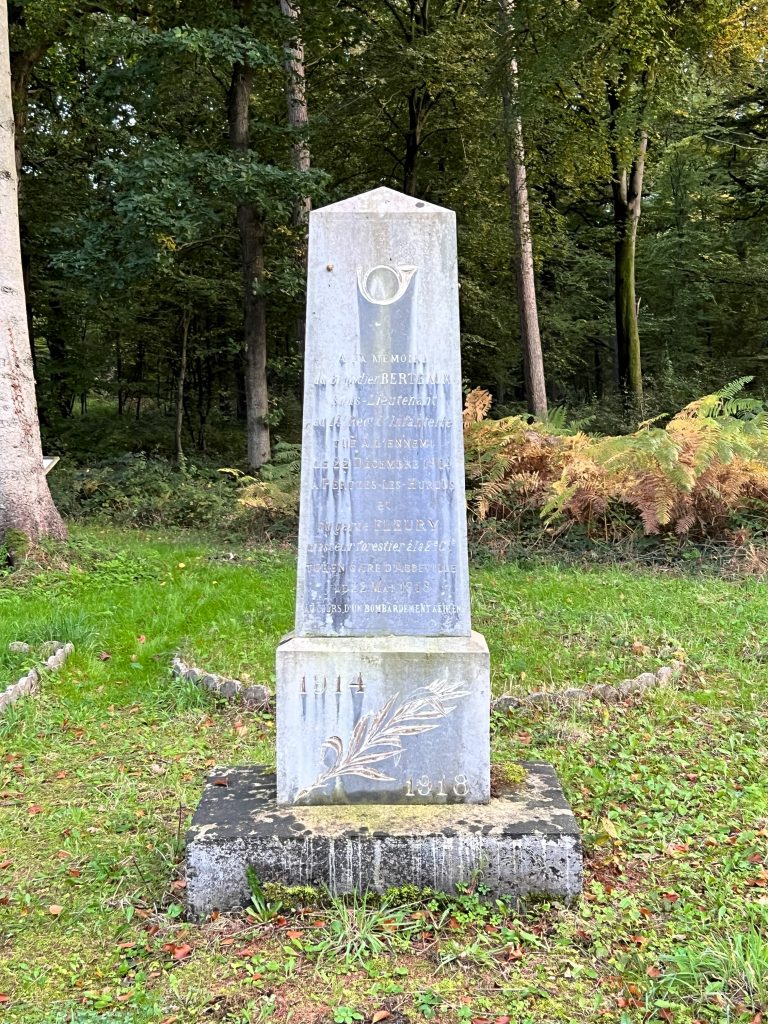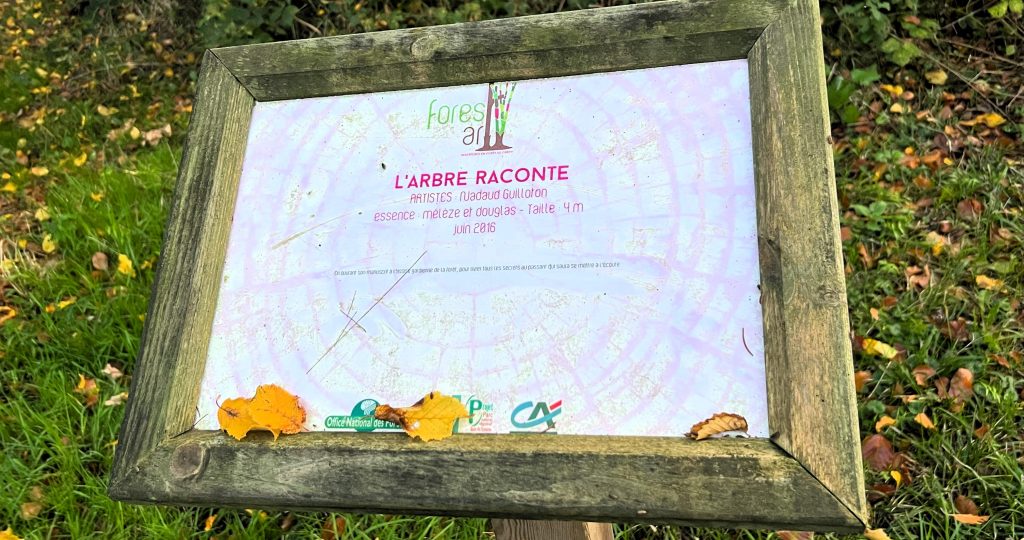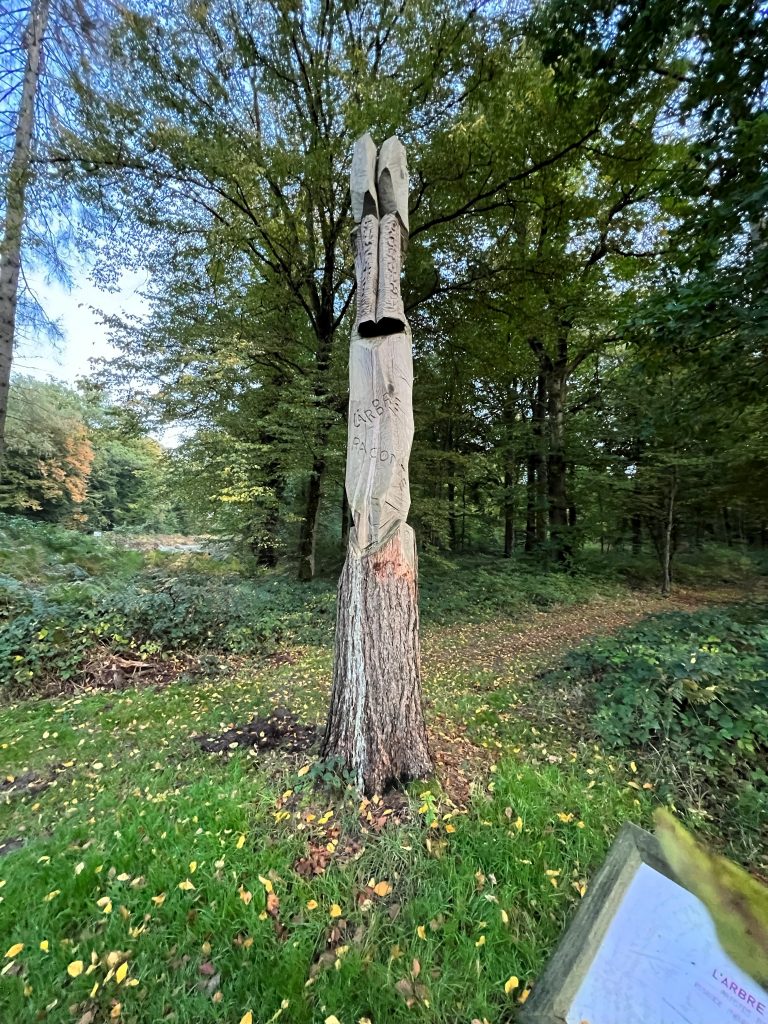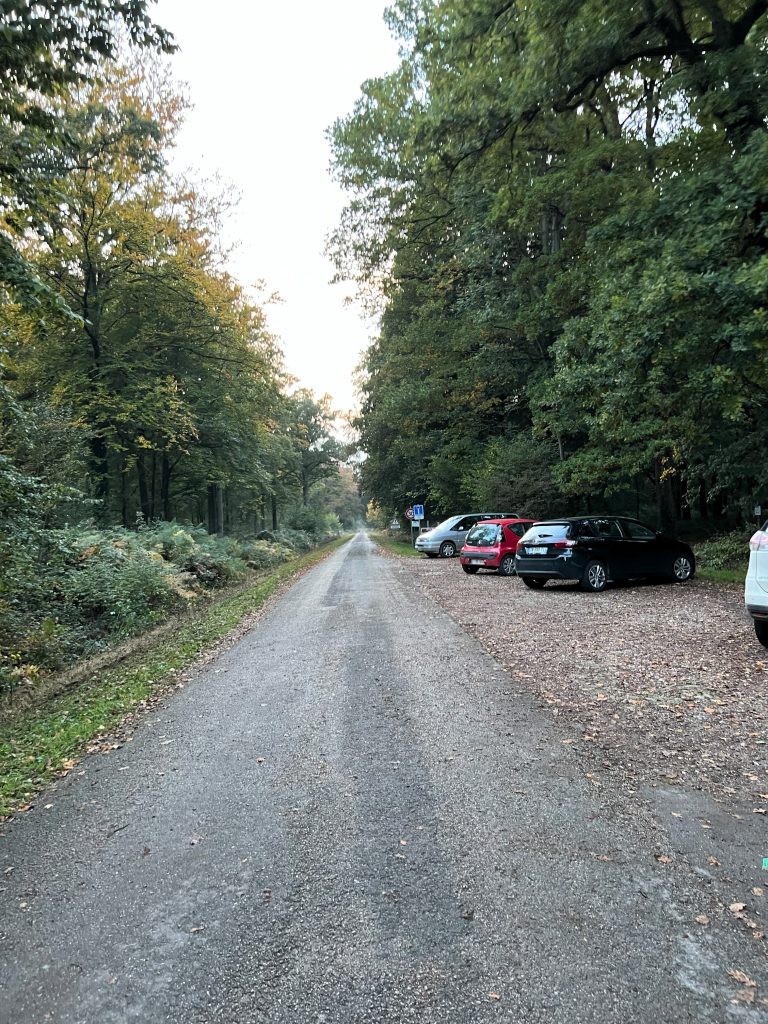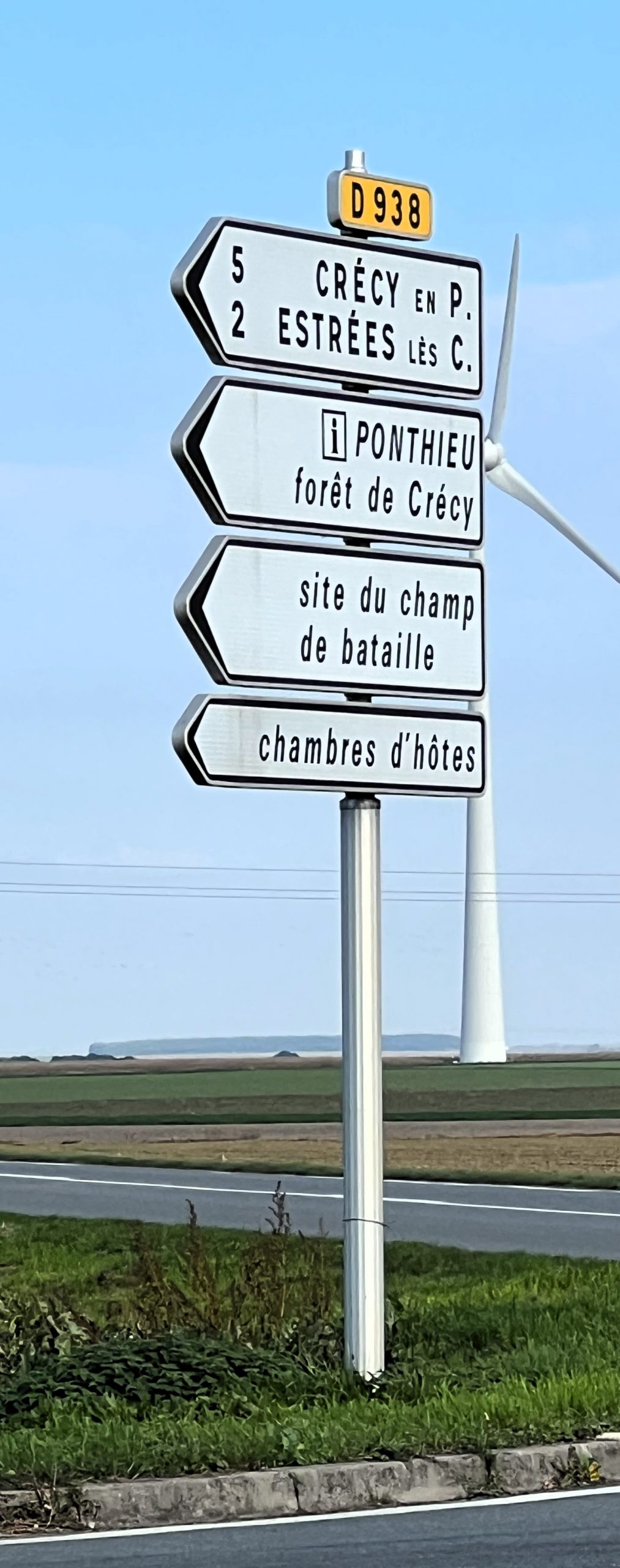Anyone that knows me will tell you I am hugely interested in The Hundred Years’ War. I have ancestors that fought in it if we’re to believe in genealogy. I am so enormously interested in it, that I seriously considered being a History major and studying it exclusively. However, English literature was always my first love, and won, though I do have a minor in History and am considering a second Master of Arts degree in History as well. Though medieval English and French history didn’t end up being my field of study, I do study it personally and am rather obsessed with the subject. My library here at home has loads of books on the wars and the major players. I have the brilliant Jonathan Sumption’s epic work on The Hundred Years War and read it often. Needless to say, my trip to France had to include a trip to Crécy Forest. It just had to. Though I didn’t have the time to stay there or visit as in-depth as I would have liked, I wanted to at least go visit the replica of the tower overlooking what had been the Battle of Crécywhich took place on August 26, 1346, in the first decade of The Hundred Years’ War.
Edward III crossed the Seine at Poissy and the Somme downstream from the village of Abbeville (where purportedly an ancestor of mine is buried). He then took up a defensive position at Crécy-en-Ponthieu. From there Edward posted men-at-arms in the center with cavalry to their right. The cavalry was under the command of Edward’s son The Black Prince (also Edward). To the cavalry’s left were men-at-arms under the command of the Earls of Arundel and Northhampton. Both flanks had English archers. While Philip VI’s army had hired Genovese crossbowmen, they were routed by the English archers and fell back behind the French cavalry. The French cavalry charged headlong into the English flanks but the archers moved forward and more detachments of cavalry were mowed down by arrow shots from both flanks. Those from the French army that did make it to the English lines were engaged in fierce fighting and many were killed. It is estimated some fifteen or sixteen French attacks continued through the night, which each successive attempt being mown down by the English archers with longbows. The battle shocked medieval Europe as the French cavalry had hitherto been considered one of the best fighting armies in the known world. By the end of the battle, Phillip VI’s brother, Charles II of Alencon, King John of Bohemia, and Louis II of Nevers, Count of Flanders were dead, along with an estimated 1,500 knights and esquires. Phillip VI escaped. Legend has it that he escaped through Crécy forest until he came to a manor or castle, where he asked for shelter. After that, he traveled through France with guides and a bodyguard until he came to Amiens.
The replica of the medieval tower lies off the side of the road just outside a small village. Surrounding it are metal blue and red artist renditions of knights and the shields or blazons of the battling royalty is painted on the ground. It’s an easy climb up to the top of the tower, with only three short flights of stairs. From it, you can see the expanse of fields all around and imagine you were Edward’s lookout, seeing the vast and powerful French cavalry coming your way. The view is incredible and pastoral, almost unbelievably peaceful and quiet with only the sounds of birds and the occasional swish of tires on the road. Still, it is easy to picture that battle, imagine the reach of the English archers with their famous longbows, and the panic of the cavalry below as they were mowed down by those archers.
After I left the tower (very reluctantly, I might add), we drove through the forest and a village near it. I got out of the car and walked in the somewhat muddy forest, which is ancient and still though you see the occasional family with a dog or random hiker. The overgrowth is thick and wild. You can hear birds and forest animals rustling but mostly, it is quiet and old. It feels old. When you’re walking in it, it’s easy to imagine medieval people and pilgrims traveling through it and being on alert for robbers and thieves. Or, imagine a king, escaping from a battle, or merchants with guardsman surrounding their carriages. The forest is timeless and deep with mushrooms growing, moss and lichen creeping up tree trunks, ivy wrapping itself around like a clingy lover, a squirrel’s feast of acorns, and piles underbrush underfoot. Coming from California where we are accustomed to wildfires, brush fires, dry grounds, and the clearing of brush to prevent such fires, this was an exotic, strange, and almost alien landscape. It transported me to all those old fairy tales of my youth, set in dark and empty forests. There is something special and magical about Crécy, you can feel its immensity, the stories it has to tell, the secrets it holds, and wonder what the trees have seen, what battles fed its trees with blood, and what history, still unknown lives in its depths. Because this is France and in the Somme, everywhere are memorials to the fallen from each village or industry. I found memorials for foresters who’d died in both world wars and other memorials in the village nearby. It added some solemnity to the already hushed environment of the forest.
In Crécy, I stumbled onto a French government initiative – that of turning old trees that fall into art. I found a forest fairy in the village, not far from a fascinating (but sadly closed) taxidermy shop, and another instance of this type of sculpture/art closer to the forest, called The Tree Tells a Story/l’Arbre Raconte. Of course, I had to sit with the storytelling tree and tell it a story of my own. I also ran into a herd of sheep who wanted to know what I was up to and were very vocal about it, a road named after the Templars, a modern water tower that looked medieval, and a mysterious tent in the forest made of twigs and branches. I am sure it belonged to the Forest Fairy. I took more photos from the tower and the view of the landscape, but sadly, that camera and its photos are still in France and I am currently fighting to get it back. What are your favorite stories about forests? Do you have an interest in medieval battles or history? I’d love to hear.

